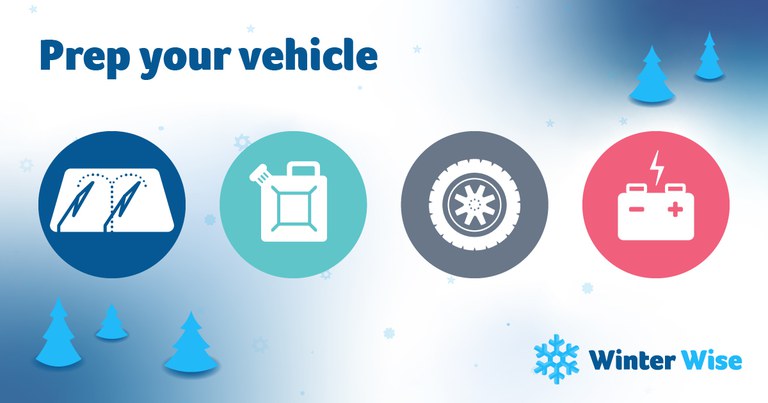Winter driving is back, are you prepared?
Traffic Safety Pulse News
Winter driving season is upon us — which means you can expect snow, ice and unpredictable conditions across the state at any given time. We’re breaking down some of the basics when it comes to winter driving in Colorado to help you navigate the roads safely and confidently this season.

Tire Safety
One of the most important things you can do to prepare for winter driving is to make sure your tires are in good condition. Certain tires are safer for winter driving because they provide better traction. Winter tires, all-weather tires, and mud and snow tires are all safe options for driving in winter weather. Just make sure that your tires have a minimum of 3/16” tread depth. Tires with less than that are not effective at providing traction in winter conditions — and can make your stopping distance more than 87 feet longer on wet or icy roads.
Understanding the Traction Law
During winter weather conditions, CDOT may implement a Traction Law. The Traction Law requires all vehicles to have either four-wheel drive or all-wheel drive with 3/16" tread depth, winter tires with 3/16" tread depth, all-weather tires with 3/16" tread depth, mud and snow tires with 3/16" tread depth, or chains or an alternative traction device.
The Traction Law applies on all state highways when it is activated by CDOT. The public will be notified by electronic signs when a Traction Law is in effect. You can also check the CDOT website or app to see if the Traction Law is active. If you’re traveling on I-70 between Dotsero and Morrison between Sept. 1 and May 31, know that the Traction Law is always in effect in that area.
I-70 Mountain Corridor
Speaking of I-70 … the 1-70 mountain corridor is one of the most heavily traveled corridors in Colorado, and it can be especially dangerous during winter weather conditions. CDOT recommends avoiding travel on I-70 during peak times, which are typically Friday afternoons between 2-7 p.m. (westbound) and Sunday evenings between 3-6 p.m. (eastbound).
If you must travel on I-70 during winter weather conditions, be sure to slow down and leave extra space between you and the car in front of you. It's also important to be aware of the road conditions and to adjust your driving accordingly.
Snowplow Safety
Snowplows play a vital role in keeping Colorado roads safe during the winter months. It's important to be aware of snowplows and to give them plenty of space. Never pass a snowplow that is operating in a tandem formation (multiple snowplows staggered across lanes). Not only is it dangerous – it’s illegal.
Don’t get caught off guard
CDOT has a one-stop shop where you can see real-time road conditions, check traffic and sign up for travel alerts to be notified of any changes on your route. Visit COtrip.org or download the COtrip Planner on any Apple or Android device. You can also visit CDOT’s Facebook and CDOT's X (formerly Twitter) pages for the latest updates on travel impacts and closures.
For more tips for winter driving in Colorado, visit CDOT’s Winter Wise campaign webpage at winter.codot.gov.
